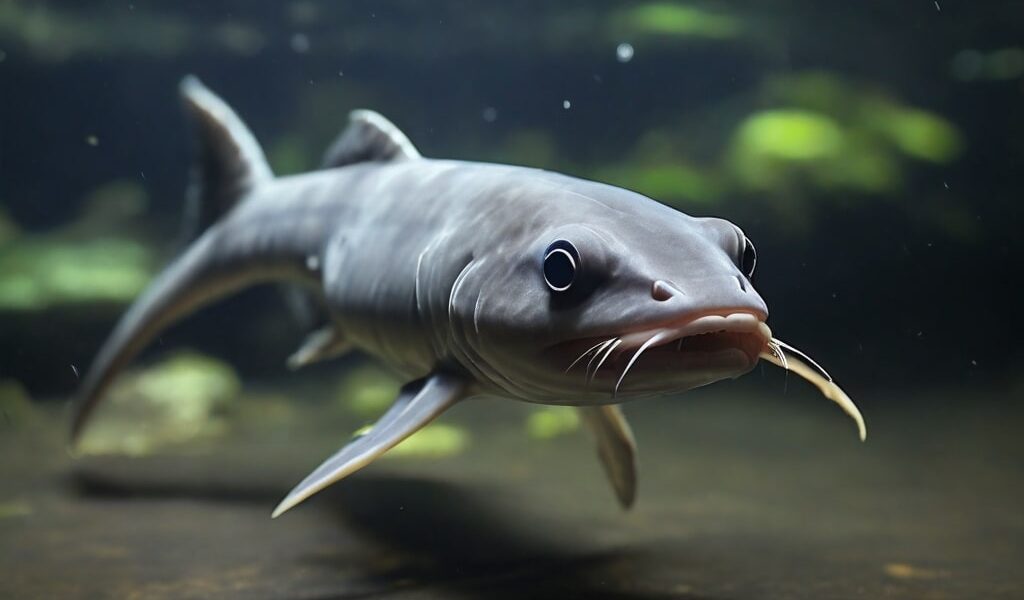Generating electricity through electric fish, a phenomenon known as bioelectricity, is a fascinating aspect of nature that has intrigued scientists and researchers for centuries. Electric fish, also known as electrogenic fish, possess specialized organs called electrocytes that allow them to produce electric discharges for various purposes, including communication, navigation, and defense. Let’s explore the process of generating electricity through electric fish in detail:
- Introduction to Electric Fish:
- Electric fish belong to several families of fish, including the electric eel (Electrophorus electricus), electric catfish (Malapterurus electricus), and electric rays (Torpedo spp.).
- These fish inhabit freshwater and marine environments and are characterized by their ability to generate electric fields through specialized organs.
- Specialized Organs:
- The electric organs of electric fish are composed of electrocytes, specialized cells capable of generating electrical discharges.
- Electrocytes are arranged in series within the electric organ, creating a stacked structure that amplifies the electric field produced by individual cells.
- Electrical Discharge Mechanism:
- The generation of electric discharges in electric fish involves a complex biochemical process.
- When an electric fish wishes to produce an electric discharge, it initiates a neural signal that triggers the activation of electrocytes in its electric organ.
- The electrocytes rapidly depolarize, causing the flow of ions across their membranes and generating an electric field.
- Purpose of Electric Discharges:
- Electric fish use electric discharges for various purposes, including communication, navigation, prey detection, and defense.
- The strength and frequency of electric discharges can vary depending on the species of electric fish and its environmental conditions.
- Communication and Navigation:
- Electric fish use electric signals to communicate with conspecifics (members of the same species) and to navigate their environment.
- By emitting electric pulses and detecting changes in the electric field around them, electric fish can locate objects, identify prey, and avoid obstacles in their surroundings.
- Prey Detection and Hunting:
- Some electric fish, such as the electric eel, use electric discharges to detect and immobilize prey.
- By emitting high-voltage electric shocks, electric fish can stun or paralyze small prey, making them easier to capture and consume.
- Defense Mechanisms:
- Electric fish employ their electric organs as a defense mechanism against predators and competitors.
- When threatened, electric fish can deliver powerful electric shocks to deter predators or assert dominance over rivals.
- Biomedical and Scientific Research:
- The study of electric fish has contributed to advancements in biomedical research and technology.
- Researchers have investigated the mechanisms underlying electric discharge generation in electric fish, with the aim of developing new treatments for neurological disorders and bio-inspired technologies.
- Bioelectricity in Human Culture:
- Throughout history, electric fish have fascinated humans and inspired myths, legends, and scientific inquiry.
- Indigenous cultures in regions where electric fish are found have incorporated these creatures into their folklore and spiritual practices.
- Technological Applications:
- The unique properties of electric fish have inspired the development of bio-inspired technologies and devices.
- Researchers have explored the use of electric fish-inspired sensors for underwater navigation, communication, and environmental monitoring.
- Conservation and Preservation:
- Electric fish face threats from habitat loss, pollution, and overfishing, which can impact their populations and ecosystems.
- Efforts to conserve and protect electric fish habitats are essential for ensuring the survival of these fascinating creatures and maintaining the health of aquatic ecosystems.
- Conclusion:
- Generating electricity through electric fish is a remarkable natural phenomenon that has captivated humans for centuries.
- The study of electric fish not only enhances our understanding of bioelectricity and animal behavior but also inspires technological innovations and conservation efforts aimed at preserving these unique creatures and their habitats.




